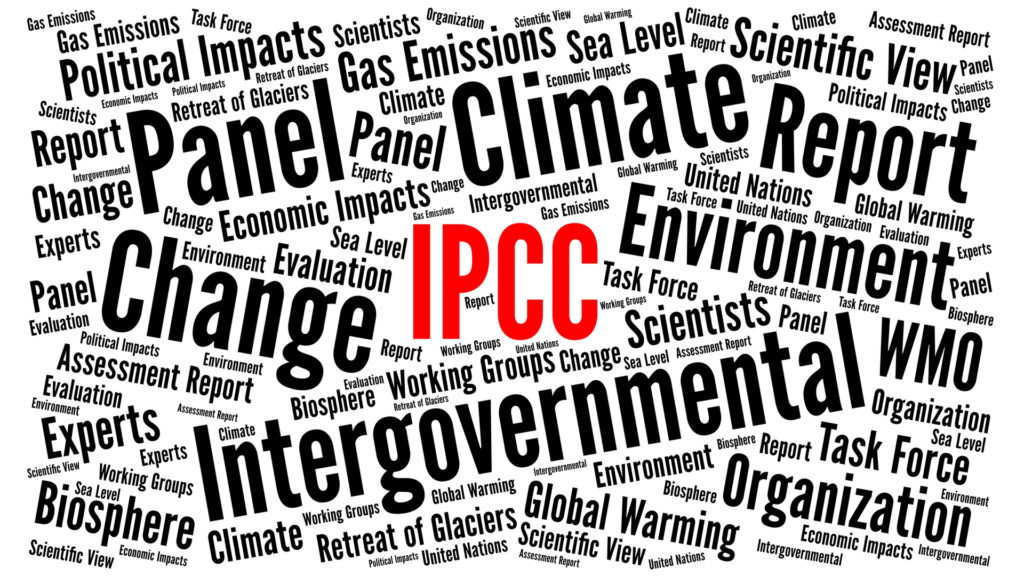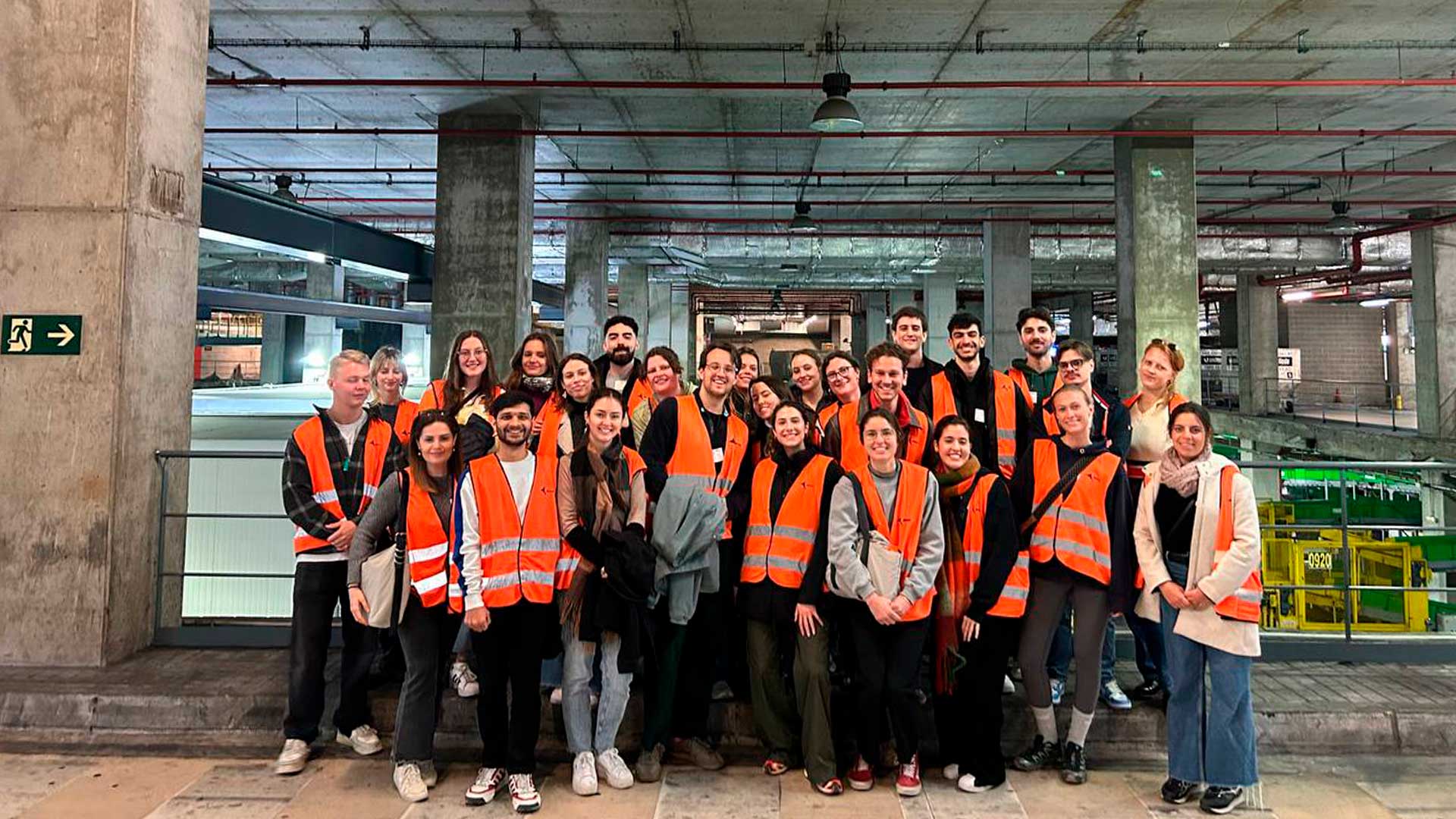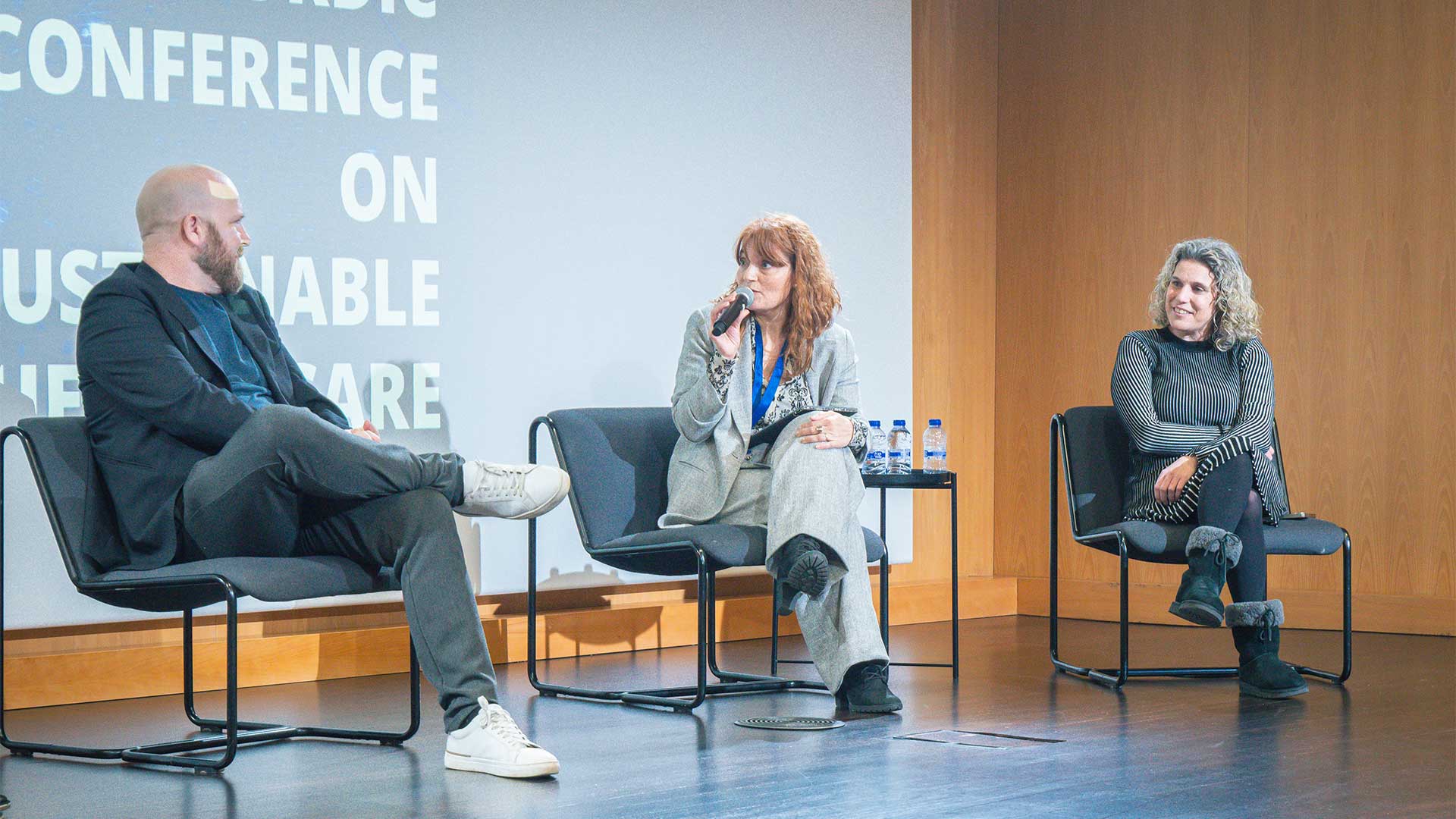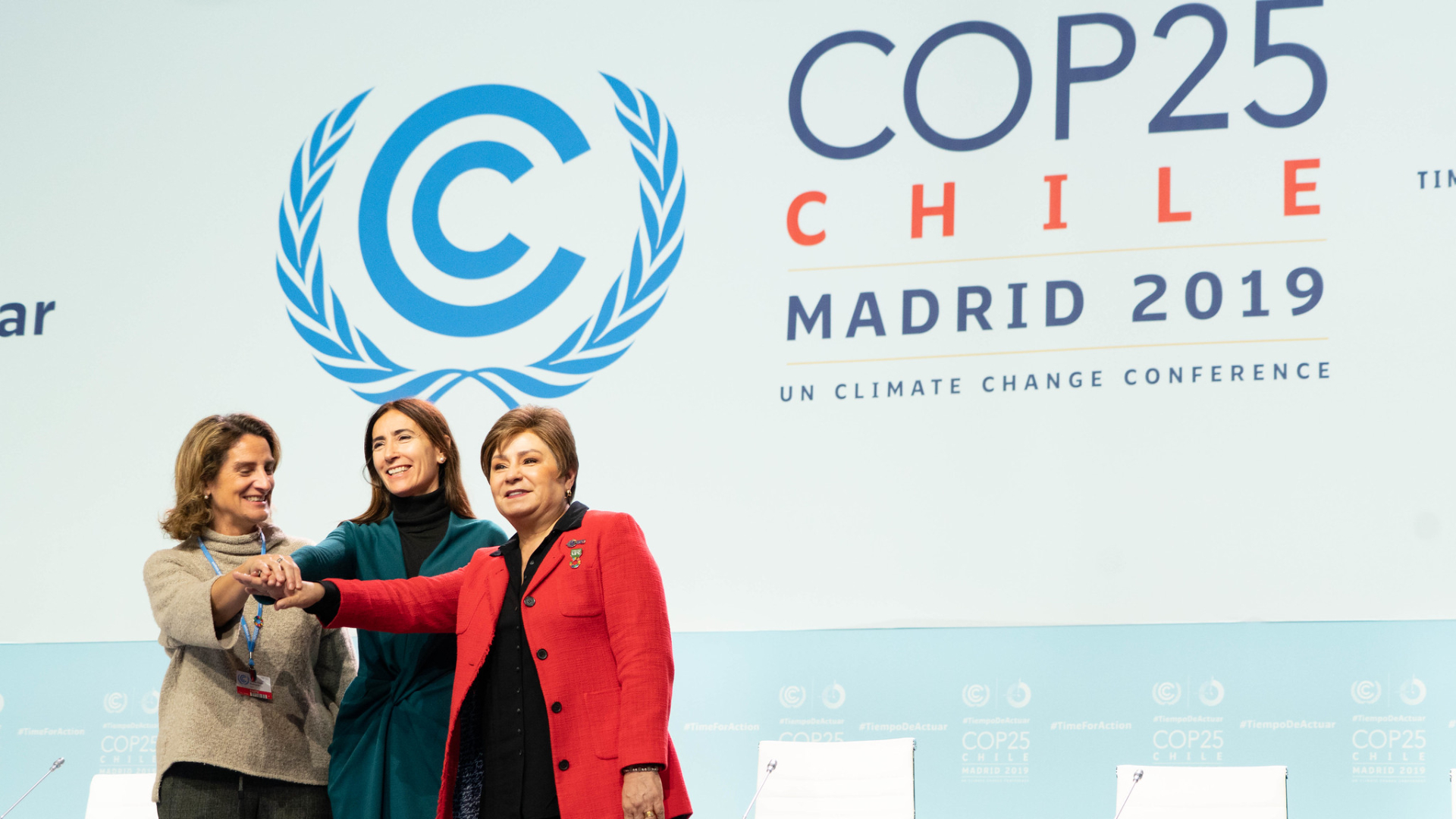Researcher at the UNESCO Chair in Life Cycle and Climate Change ESCI-UPF and observer in COP25, Ilija Sazdovski, synthesizes the three special IPCC reports on the warming of 1.5°C, climate change and land, and the ocean and cryosphere in a changing climate.
Comprehensive assessment reports by the Intergovernmental Panel on Climate Change (IPCC), the United Nations body for assessing the science related to climate change, have shown that the impacts of current warming are much more severe than previously understood: e.g. accelerating sea-level rise and ocean warming, some key ecosystems becoming much more vulnerable, and increasing risks of reaching limits to adaptation. The IPCC has called on achieving climate stabilization because of the greenhouse gas emissions’ peak from year to year. That is a clear warning sign we would be foolish to ignore. But, before launching such an undertaking, we need to revise the main contributions of the three special IPCC reports that are a key input into the international negotiations to tackle climate change.
The main scientific input for the COP24 was the so-called “1,5 degrees report”, where IPCC responded to the invitation in 2016 to prepare a special report of the impacts of climate change. The report is a comparison between the predictive scenarios for assessing the environmental impacts of global temperature increase between 1,5 and 2 degrees Celsius compared to the preindustrial level. The report represents clearly the projected climate change, impacts and associated risks of the global temperature increase based on the two scenarios.
The report was presented and accepted in Incheon, Korea, in October 2018 by the parties as the main document to be adopted in COP24 in Katowice later that year. An unexpected twist happened in COP24. Even though the parties accepted the report in Korea, the governments of four gas/oil-producing countries (USA, Russia, Saudi Arabia, and Kuwait) blocked a proposal to welcome the IPCC Special Report in Katowice by the COP, which finally just “took note” of it. That action had different political comments and reactions by the parties and attracted a lot of media attention.
This year, the prospects of the main scientific reports for the COP25 might have a similar future. For the purposes of the COP25 in Chile / Madrid, the IPCC responded with the production of two main scientific inputs for discussion in the field of climate change and land, and climate change and oceans.
The first report is the Special Report on Climate Change and Land and it addresses the greenhouse gas fluxes in land-based ecosystems, land use, and sustainable land management in relation to climate change adaptation and mitigation, desertification, degradation, and food security. The findings of the report were presented on December 4th at the Conference of Parties in Madrid.
The second report is the Special Report on the Ocean and Cryosphere in a Changing Climate and was presented a day later on December 5th at the COP in Madrid. The report is presenting the observed historical and modelled changes in the oceans and cryosphere, and projected future changes under low, high greenhouse emission pathways, and the consequences of both.
The evidence above mentioned makes it clear how important it is to increase our ambition to mitigate climate change by reducing greenhouse gas emissions. However, uncertainty remains about what elements could be adopted at COP25, and which ones would require additional time. The decisive leg of the COP25 began yesterday, and the night of December 9th no consensus was reached on many of the critical issues: the deadline to present the improved plans to fight climate change, the carbon markets or the gender plan have run aground, among others. On Friday (or probably Saturday) we will know if the main crunchy issues that remain to be in Article 6 of the Paris Agreement rulebook have been solved or not.





Leave a message